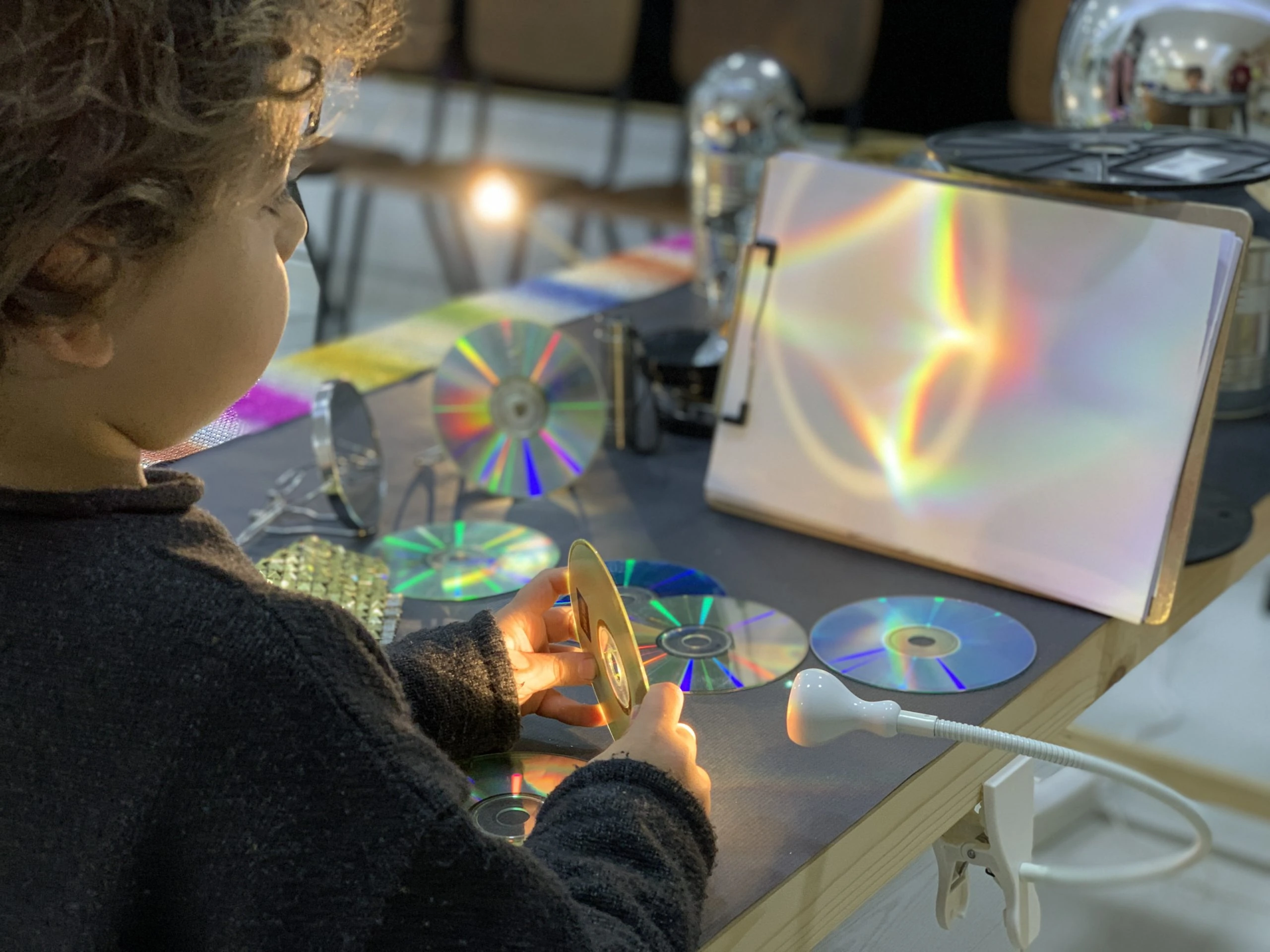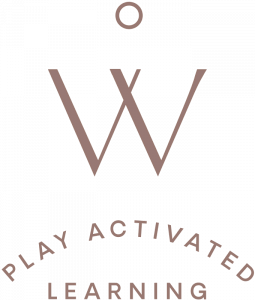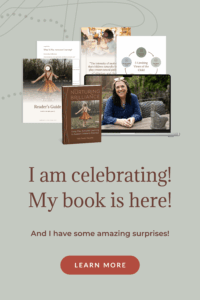When a few raindrops appear on a sunny day, we tend to look to the sky for rainbows. But they are so far away, and they disappear so quickly. What about making your own rainbows? Or touch them? Or even more spectacular, making them dance throughout a room?
We can do this thanks to Isaac Newton’s (1642-1726) experiments with prisms that led him to observe that white light could be separated into seven different colors: red, orange, yellow, green, light blue, dark blue, and purple – our visible spectrum.Children can lead a scientific experiment in this Play Invitation, making rainbows and observing that white light can be transformed into several colors.
Besides developing their observation skills, children can connect new knowledge with phenomena they may have already experienced, develop imagination, narratives and build new theories.
What Could Lead Us to This Play Invitation
- Children have been exploring color, mirrors, and light;
- Children are curious about rainbows and other light phenomena;
- Children are excited about mixing paint colors.
Materials Needed
• Old CDs.
• Prisms (optional).
• Flashlights or sunlight.
• White surfaces.
Setting up this Play Invitation
- Gather old CDs and place them over a table or on the floor.
- Add sources of artificial light (lamps and flashlights) or place the materials near a window.
Tip: If your walls are too crowded with furniture and children’s projects, add a white surface to the setup so the colors pop up. This can be a clipboard with a white paper sheet attached or a piece of white fabric hanging on the wall or ceiling.
How to Explore
- Invite children to explore what happens when light shines on the shiny face of a CD.
- Show how to shine the flashlight on the CD or move the prisms in the sunlight to make colors appear.
- Give children plenty of time to experiment with the flashlights and stay close to observe their comments and body language. How are they interacting with this experiment? What theories are they building?
- You can support this investigation with questions like:
- I wonder why the colors get that shape.
- Why is the light different after hitting the CD?
- Does this remind you of anything?
- Is it possible to create a bigger/smaller rainbow?
- Can you make your colors move to the ceiling?
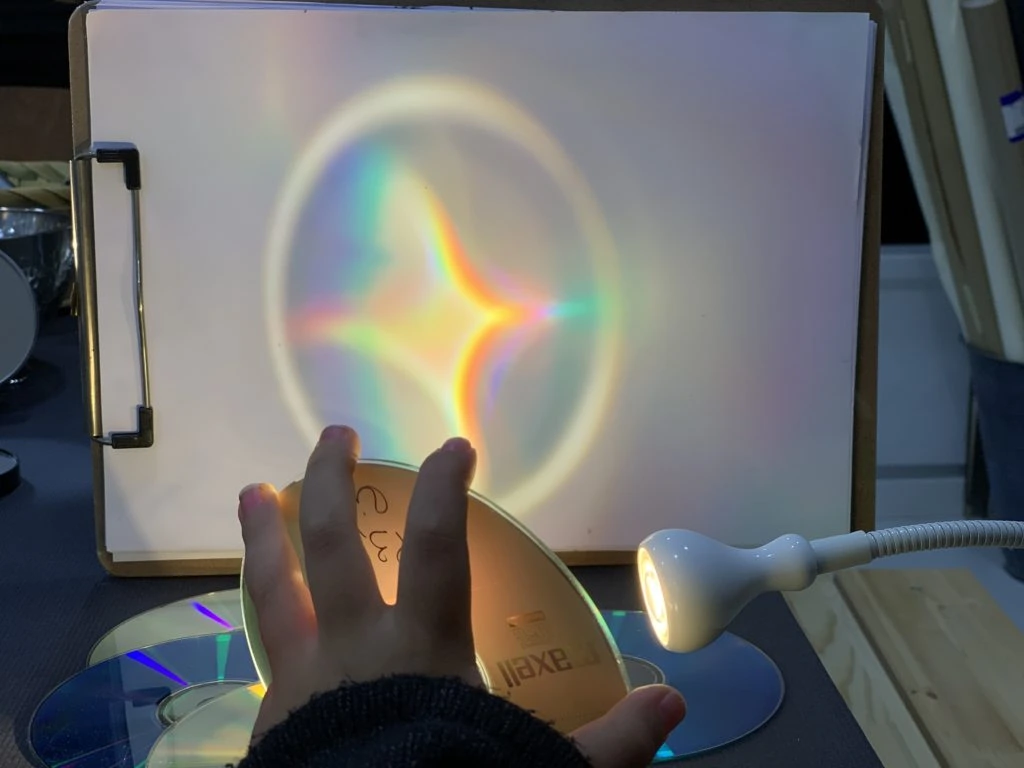
How to Nurture the Natural Unfolding of the Child’s Identity During This Play Invitation
- Honor children’s ability to build knowledge and offer them opportunities to explore complex science topics. We don’t have to know all the answers, we just need to be curious and discover the world through their eyes.
- Children have the right to learn to use tools. They need time to explore and to find out all about what they can do with them before they start using them with intention.
The Academic Learning Opportunities
- SCIENCE: Explore light, reflection, color diffraction, angle of incidence, and cause and effect.
- PHYSICAL: Hand-eye coordination.
- ART: Explore new tools and materials.
Extensions
- Prepare a table with several mirrored objects: metallic bowls, Christmas balls, tin cans, metallic objects, spoons, and mirrors. Let children explore with flashlights, and encourage them to make
comparisons, interpret, and explain what they see.
Book Recommendation
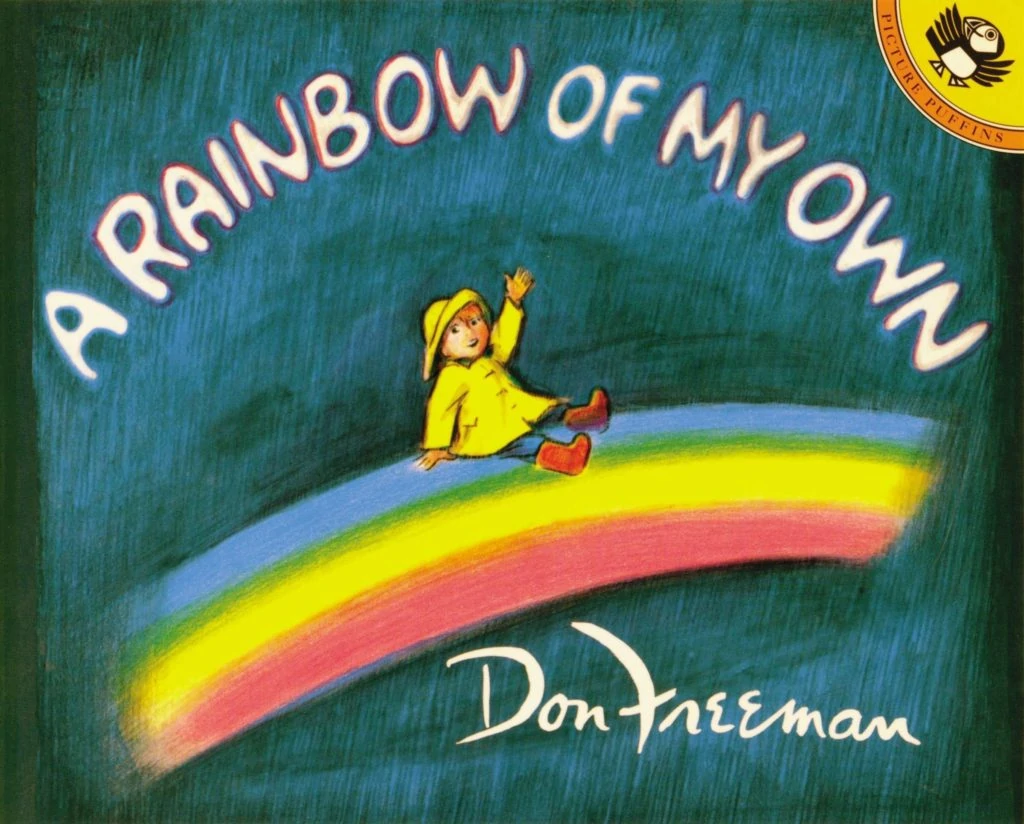
An inspiring story about the wonder of having a rainbow to play with.
